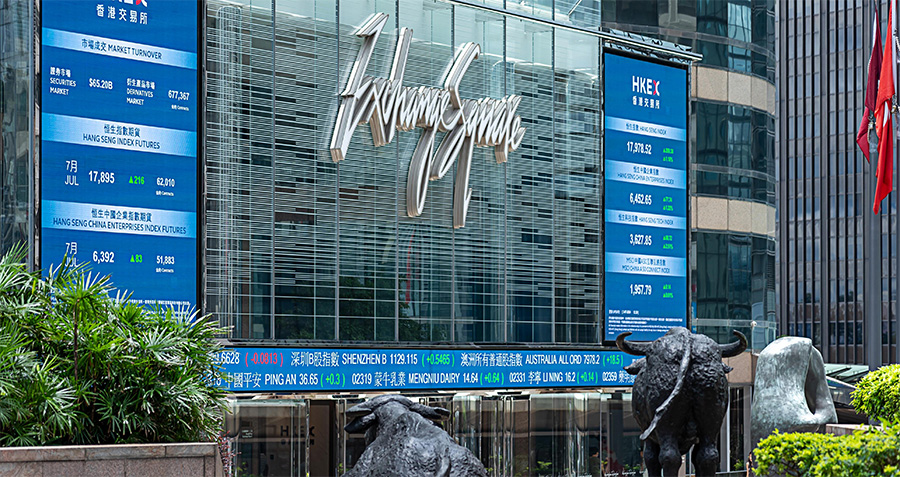Subscription businesses are nothing new—in publishing, the subscription publication goes back to at least the 17th century. Yet these days, subscriptions are back in fashion. In this two-part series, we consider why a 400-year-old concept is a new new thing in Silicon Valley and beyond; and second, what it takes to run a successful subscription business.
“Subscribe and save” is a phrase that launched a thousand magazines, but until recently, subscription sales were not an especially common business model in consumer marketing. However, a number of trends have converged that are now making subscription pricing and delivery more attractive to consumers and to the businesses trying to reach them.
Denis Pombriant, founder and Managing Principal of Beagle Research Group, a Boston consultancy focused on customer resource management, sees the growing popularity of subscriptions as part of a general trend away from products to services, largely for cost considerations. “People gravitate to services-based purchases because they are less expensive and can be stopped fairly quickly…. When the service ends, so do the fees.”
Cost savings are important because in many mature economies, average wages have been stagnant for generations. Adjusted for inflation, the average hourly wage in the US has actually fallen over the past 40 years, from $22.41 in 1973 to $20.67 in 2014, according to the US Bureau of Labor Statistics. For consumers watching their pennies, subscription businesses like Netflix, the US online video entertainment hub, offer entertainment at an attractive price point with no surprises when the bill is due at the end of the month.
Ownership generally seems to be less of a priority to many people these days—another point in favor of subscription pricing. The number of vehicles per household, for instance, has declined by about 5% in the US since 2004, slipping from 2.05 in 2004 to 1.927 in 2014, according to a University of Michigan study. For a more convenient and lower-cost alternative, some consumers have switched to Zipcar, a membership-based car service owned by Avis Budget Group. The company charges $7 a month and $8-10 an hour for “wheels when you want them” to 900,000 people in the US, Canada, the UK, Spain, Austria, France, and Turkey.
Saving time is another powerful driver for subscriptions, particularly for the well-heeled. Many people in the upper-income brackets are actually working longer hours than ever. A 2013 study from the St. Louis US Federal Reserve Bank estimates that most upper-income people work 60-80 hours a week, leaving scant time for much else.
For the cash-rich but time-poor, subscriptions have a different set of benefits—as an easy way to stay supplied with essentials and non-essentials or to try new things that is less time-intensive than traditional browsing. Birchbox, for instance, sends a monthly shipment of “personalized beauty, grooming, and lifestyle samples, tailored to your profile”, to 800,000 men and women in the US, Canada, France, Spain, the UK, and Belgium, for $10 or the equivalent.
This service component is important. “Fruit of the Month Club, the Wine Club, Dollar Shave Club, and even Rubber.com all provide a service wrapped around a product, which enhances the experience,” Pombriant says. Wine clubs, for instance, can expose novice wine drinkers to unfamiliar varieties and connoisseurs to unfamiliar regions.
Another aspect that consumers seem to like is the encouragement of many of these sites to build an online community around a particular interest. “It’s almost like a niche magazine moves to retail,” says Lisa Roberts., VP of Marketing at Edgecase, an Austin, Texas-based software company that personalizes shopping websites on the basis of visitor preferences.
However, while some subscription services will open up a new world, more seem to offer a very restricted number of choices. In a world where a hypermarket may carry as many as 140,000 different SKUs (stock keeping units), many for nearly duplicate products, having someone else do the choosing seems to be seen as a kind of luxury.
Stitchfix.com, for instance, is a women’s clothing retailer with a gimmick: following an interview, a personal shopper chooses an assortment of clothes every month, which are sent out to the client. The client tries them on, pays for what she keeps, and sends back the things she doesn’t like. Other companies offer clothing boxes selected by well-known fashion gurus.
A certain yearning for simplicity can be seen as well in the subscription value propositions that have caught on best. The Dollar Shave Club, for instance, sells a month’s supply of razors for $1 (plus $2 shipping) or a more expensive triple or six-blade model, all at prices that undercut the national brands.
The decline of consumer trust may also be encouraging consumers to favor these young subscription startups: a 2014 Gallup survey found that where 62% of participants had either a great deal or quite a lot of confidence in small business, only 21% have a similar degree of faith in big business.
For business, too, the timing for subscriptions is good. Big Data is creating many opportunities to better understand the customer and to tailor the offer. Following the use of a product by a semi-captive audience month by month—particularly a digital product where every use can be tracked incrementally—the offer can also be changed to reflect unexpected usage patterns. Netflix, for instance, discovered that many users were “binge watching” its popular political series House of Cards, and began to release all its episodes at once as a way to capitalize on that habit.
Sample businesses such as Birchbox are also turning out to be excellent channels for market research. Marketers learn not only what people will actually buy, but even such details as how they talk about it in chat rooms. “It’s experimentation without the investment that other companies have had to go through,” Roberts says.
At the same time, this front-end sophistication of online customer awareness is backed by the nearly infinite scalability of cloud computing, advanced contract manufacturers, and third-party logistics companies—all factors that make it easier for a business to keep up with strong demand.
The Dollar Shave Club, for instance, might not have been able to scale nearly as quickly a few years ago: although it just launched in 2012, 1.7 million people have signed up. A recent Fortune magazine interview with co-founder Michael Dubin said the company earned $4 million its first year and is on track this year to bring in $100 million.
Business strategists have always found a lot to like about subscription models. Investors like subscription model businesses, because the growth of subscribers is easy to project—and the churn is easy to measure, experts say. Internally too, revenues tend to be somewhat less bumpy, and less risky—depending on the business, the offer can be tweaked on an ongoing basis, rather than having to make constant upgrades.
A subscription can also encourage brand loyalty because of a desire to make the upfront investment pay: Amazon Prime, for instance, charges $99 a year for a bundle of product and service discounts, including free shipping.
“Subscription pricing offers retailers some important strategic advantages,” says Z. John Zhang, a professor of marketing at the Wharton School of the University of Pennsylvania, and co-author of Smart Pricing. “A subscription model puts competitors on the defensive because an ongoing relationship takes up space, time, and money—and puts a certain set of customer purchases on autopilot.”
“The trust built up through reliable delivery too can help encourage the cross-sale of other purchases,” Zhang adds. “Even if the initial product is priced at cost, if it leads to the sale of a higher-margin product, the subscription model is still a win for the company. The overall marketing profitability, as I call it, may still be high in the end.”
In any case, it may be one of the few promising options available a recent study by Havas Worldwide, a market research organization, found that around half of the consumers in eight key markets—the US, Brazil, France, Netherlands, Great Britain, China, and Russia said “they had thrown out or thought about throwing out lots of stuff to declutter my life and my home.” For the moment, subscriptions seem to be one way left to build a relationship with consumers who are busy, broke, or simply tired of consuming.
To read about how to make the subscription model work, please click here.




















